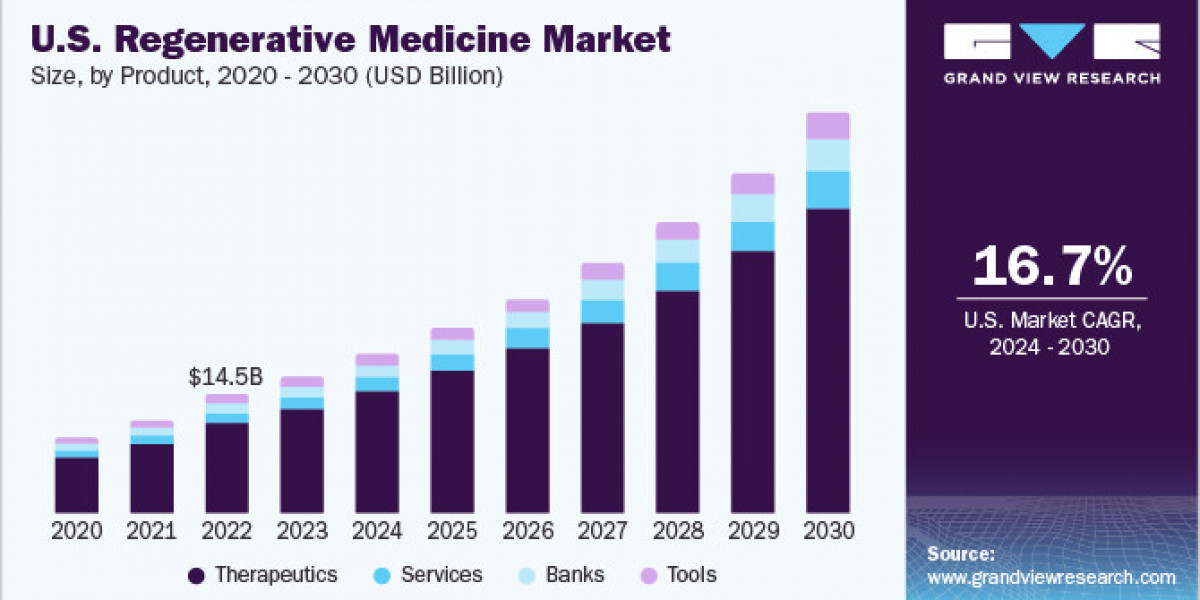Azure Databricks: Unleashing the Power of Big Data and AI
Introduction to Azure Databricks
In a world where data is considered the new oil, managing and analyzing vast amounts of information is critical. Enter Azure Databricks, a unified analytics platform designed to simplify big data and artificial intelligence (AI) workflows. Developed in partnership between Microsoft and Databricks, this tool is transforming how businesses leverage data to make smarter decisions.
Azure Databricks combines the power of Apache Spark with Azure’s robust ecosystem, making it an essential resource for businesses aiming to harness the potential of data and AI.
Core Features of Azure Databricks
Unified Analytics Platform
Azure Databricks brings together data engineering, data science, and business analytics in one environment. It supports end-to-end workflows, from data ingestion to model deployment.
Support for Multiple Languages
Whether you’re proficient in Python, SQL, Scala, R, or Java, Azure Databricks has you covered. Its flexibility makes it a preferred choice for diverse teams.
How Azure Databricks Works
Architecture Overview
At its core, Azure Databricks leverages Apache Spark’s distributed computing capabilities. This ensures high-speed data processing and scalability.
Collaboration in a Shared Workspace
Teams can collaborate in real-time using shared notebooks, fostering a culture of innovation and efficiency.
Automated Cluster Management
Azure Databricks simplifies cluster creation and management, allowing users to focus on analytics rather than infrastructure.
Advantages of Using Azure Databricks
Scalability and Flexibility
Azure Databricks automatically scales resources based on workload requirements, ensuring optimal performance.
Cost Efficiency
Pay-as-you-go pricing and resource optimization help businesses save on operational costs.
Enterprise-Grade Security
With features like role-based access control (RBAC) and integration with Azure Active Directory, Azure Databricks ensures data security and compliance.
Comparing Azure Databricks with Other Platforms
Azure Databricks vs. Apache Spark
While Apache Spark is the foundation, Azure Databricks enhances it with a user-friendly interface, better integration, and managed services.
Azure Databricks vs. AWS Glue
Azure Databricks offers superior performance and scalability for machine learning workloads compared to AWS Glue, which is primarily an ETL service.
Key Use Cases for Azure Databricks
Data Engineering and ETL Processes
Azure Databricks simplifies Extract, Transform, Load (ETL) processes, enabling businesses to cleanse and prepare data efficiently.
Machine Learning Model Development
Data scientists can use Azure Databricks to train, test, and deploy machine learning models with ease.
Real-Time Analytics
From monitoring social media trends to analyzing IoT data, Azure Databricks supports real-time analytics for actionable insights.
Industries Benefiting from Azure Databricks
Healthcare
By enabling predictive analytics, Azure Databricks helps healthcare providers improve patient outcomes and optimize operations.
Retail and E-Commerce
Retailers leverage Azure Databricks for demand forecasting, customer segmentation, and personalized marketing.
Financial Services
Banks and financial institutions use Azure Databricks for fraud detection, risk assessment, and portfolio optimization.
Getting Started with Azure Databricks
Setting Up an Azure Databricks Workspace
Begin by creating an Azure Databricks workspace through the Azure portal. This serves as the foundation for your analytics projects.
Creating Clusters
Clusters are the computational backbone. Azure Databricks makes it easy to create and configure clusters tailored to your workload.
Writing and Executing Notebooks
Use notebooks to write, debug, and execute your code. Azure Databricks’ notebook interface is intuitive and collaborative.
Best Practices for Using Azure Databricks
Optimizing Cluster Performance
Select the appropriate cluster size and configurations to balance cost and performance.
Managing Data Storage Effectively
Integrate with Azure Data Lake for efficient and scalable data storage solutions.
Ensuring Data Security and Compliance
Implement RBAC, encrypt data at rest, and adhere to industry-specific compliance standards.
Challenges and Solutions in Using Azure Databricks
Managing Costs
Monitor resource usage and terminate idle clusters to avoid unnecessary expenses.
Handling Large Datasets Efficiently
Leverage partitioning and caching to process large datasets effectively.
Debugging and Error Resolution
Azure Databricks provides detailed logs and error reports, simplifying the debugging process.
Future Trends in Azure Databricks
Enhanced AI Capabilities
Expect more advanced AI tools and features to be integrated, empowering businesses to solve complex problems.
Increased Automation
Automation will play a bigger role in streamlining workflows, from data ingestion to model deployment.
Real-Life Success Stories
Case Study: How a Retail Giant Scaled with Azure Databricks
A leading retailer improved inventory management and personalized customer experiences by utilizing Azure Databricks for real-time analytics.
Case Study: Healthcare Advancements with Predictive Analytics
A healthcare provider reduced readmission rates and enhanced patient care through predictive modeling in Azure Databricks.
Learning Resources and Support
Official Microsoft Documentation
Access in-depth guides and tutorials on the Microsoft Azure Databricks documentation.
Online Courses and Certifications
Platforms like Coursera, Udemy, and LinkedIn Learning offer courses to enhance your skills.
Community Forums and Events
Join the Databricks and Azure communities to share knowledge and learn from experts.
Conclusion
Azure Databricks is revolutionizing the way organizations handle big data and AI. Its robust features, seamless integrations, and cost efficiency make it a top choice for businesses of all sizes. Whether you’re looking to improve decision-making, streamline processes, or innovate with AI, Azure Databricks has the tools to help you succeed.
FAQs
- What is the difference between Azure Databricks and Azure Synapse Analytics?
Azure Databricks focuses on big data analytics and AI, while Azure Synapse Analytics is geared toward data warehousing and business intelligence.
- Can Azure Databricks handle real-time data processing?
Yes, Azure Databricks supports real-time data processing through its integration with streaming tools like Azure Event Hubs.
- What skills are needed to work with Azure Databricks?
Knowledge of data engineering, programming languages like Python or Scala, and familiarity with Azure services is beneficial.
- How secure is Azure Databricks for sensitive data?
Azure Databricks offers enterprise-grade security, including encryption, RBAC, and compliance with standards like GDPR and HIPAA.
- What is the pricing model for Azure Databricks?
Azure Databricks uses a pay-as-you-go model, with costs based on the compute and storage resources used.









